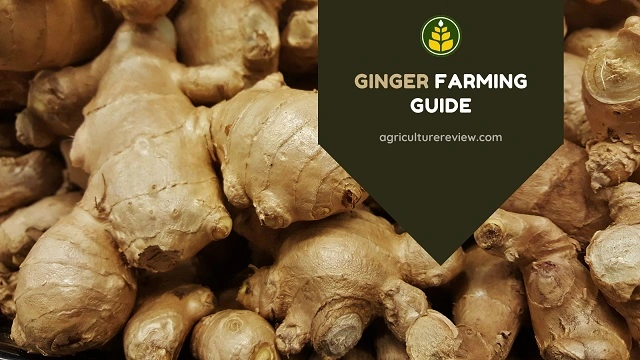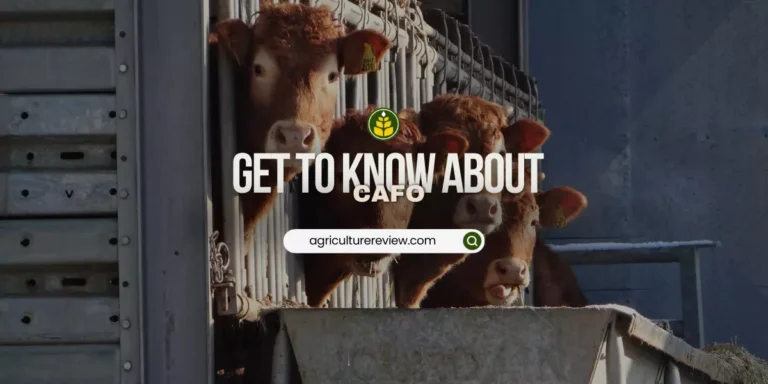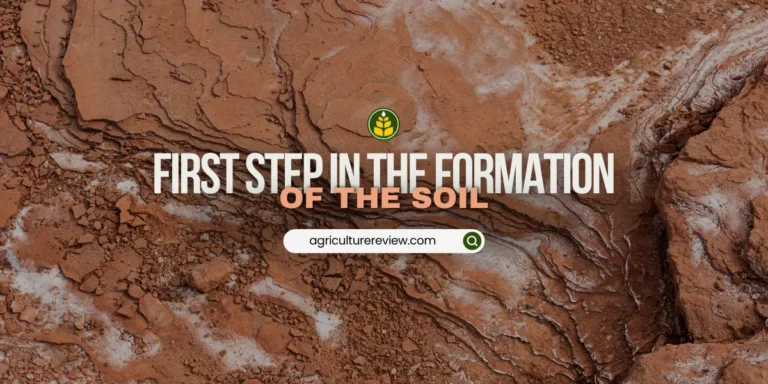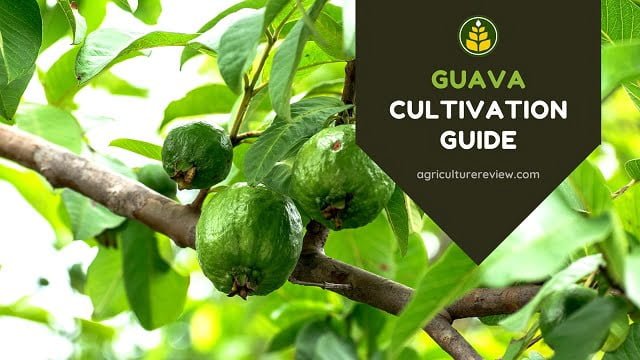1. Study of the various agencies and business structure which perform the marketing process?
2. What is the primary goal of agricultural economics?
3. Which marketing function involves the physical movement of goods from the producer to the consumer?
4. What is the main advantage of crop rotation in agriculture?
5. Which economic concept explains the relationship between supply, demand, and price in the market?
6. What is the role of government subsidies in agriculture?
7. In which type of market structure do many sellers offer differentiated products?
8. Which pricing strategy involves setting a low price to enter a competitive market and then gradually increasing it?
9. What is the primary function of agricultural cooperatives?
10. Which financial instrument is commonly used by farmers to hedge against price fluctuations in the agricultural market?
11. What does GDP stand for in economics?
12. Which term refers to the cost of the next best alternative that is foregone when a decision is made?
13. Which factor does not directly influence the supply of agricultural products?
14. What is the concept of ‘economies of scale’ in agricultural production?
15. What is the role of a marketing board in the agricultural sector?
16. Which type of elasticity measures how the quantity demanded of a good responds to a change in income?
17. What is ‘agribusiness’?
18. Which type of utility is created when products are made available to the area wherethey are most wanted?
19. What does the term ‘food security’ mean?
20. Which crop is most commonly associated with the term ‘cash crop’?
21. What is ‘sustainable agriculture’?
22. Which factor is not considered in the calculation of GDP?
23. What is the primary purpose of agricultural marketing?
24. What is ‘agricultural extension’?
25. Which economic principle is described by ‘more of a good will be bought at a lower price than at a higher price, all other things being equal’?
26. Which term describes the situation where a small change in price results in a large change in the quantity demanded?
27. Which marketing channel involves the sale of agricultural products directly from farmers to consumers without intermediaries?
28. Which concept in agricultural economics involves reducing the costs per unit of output by increasing the level of production?
29. What is the primary focus of ‘agrarian reform’?
30. What is the significance of ‘price elasticity of supply’ in agriculture?
31. Which economic theory explains why countries engage in trade based on their ability to produce goods more efficiently?
32. What is the main function of a ‘marketing mix’ in agriculture?
33. Which term refers to the ability of a market to allocate resources efficiently?
34. Which financial tool allows farmers to lock in a price for their crops before harvest?
35. What is ‘vertical integration’ in the context of agricultural businesses?
36. Which type of farming focuses on producing crops and livestock for direct sale to consumers, often emphasizing quality and sustainability?
37. What is the primary benefit of diversification in agricultural production?
38. Which term describes a market condition where a few large firms dominate the industry?
39. What is the primary objective of ‘farm management’?
40. Which term refers to the benefits or satisfaction gained from consuming a good or service?
41. What is ‘price discrimination’?
42. What does ‘input-output analysis’ in agriculture study?
43. What is the primary goal of ‘rural development’?
44. Which factor is not typically included in the calculation of a farm’s gross income?
45. What is the significance of ‘value-added’ agriculture?
46. Which term refers to the financial support provided by the government to farmers to help stabilize their incomes?
47. What is the primary function of ‘crop insurance’?
48. Which of the following is considered as the point of consumption?
49. What is ‘organic farming’?
50. What is the primary purpose of ‘rural credit’?







Hey people!!!!!
Good mood and good luck to everyone!!!!!
Thank you for this, it really helps me a lot😘
Welcome Agriculturist!